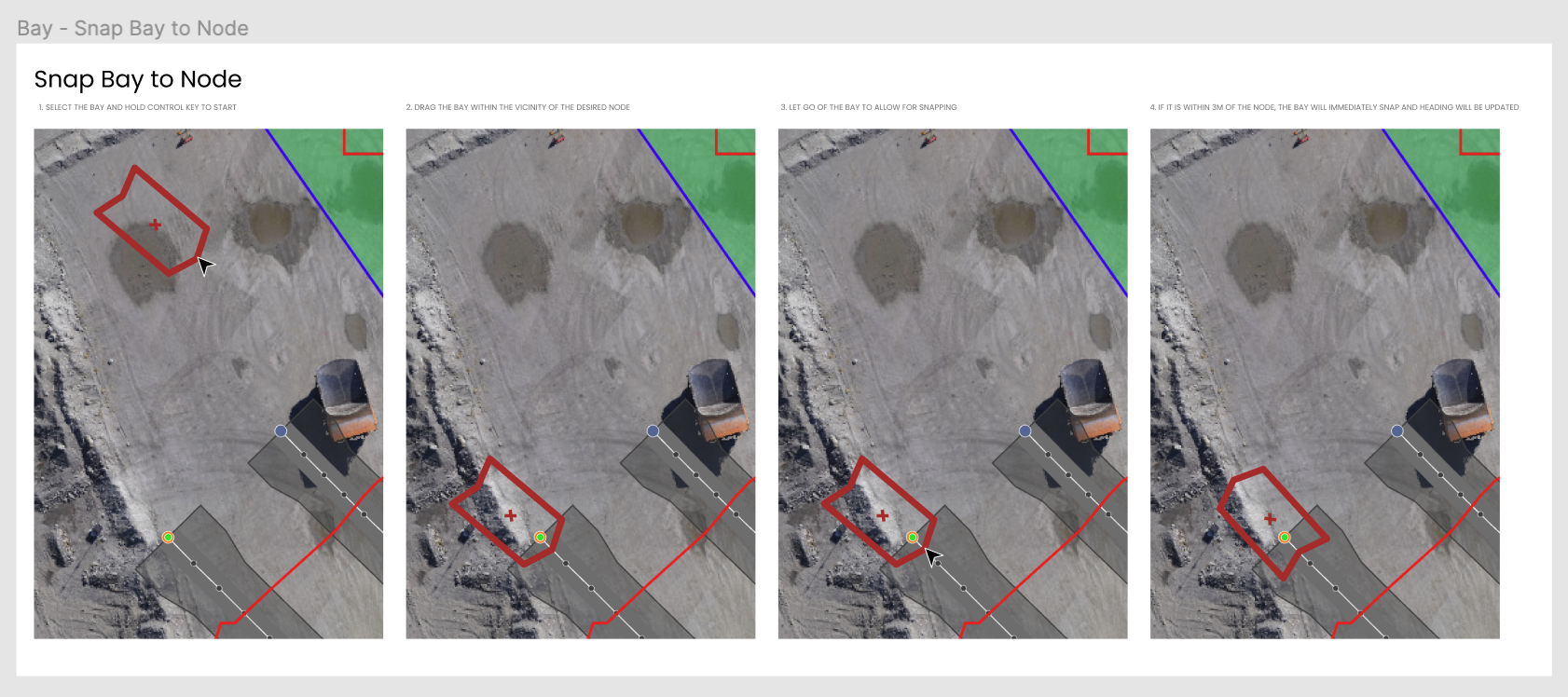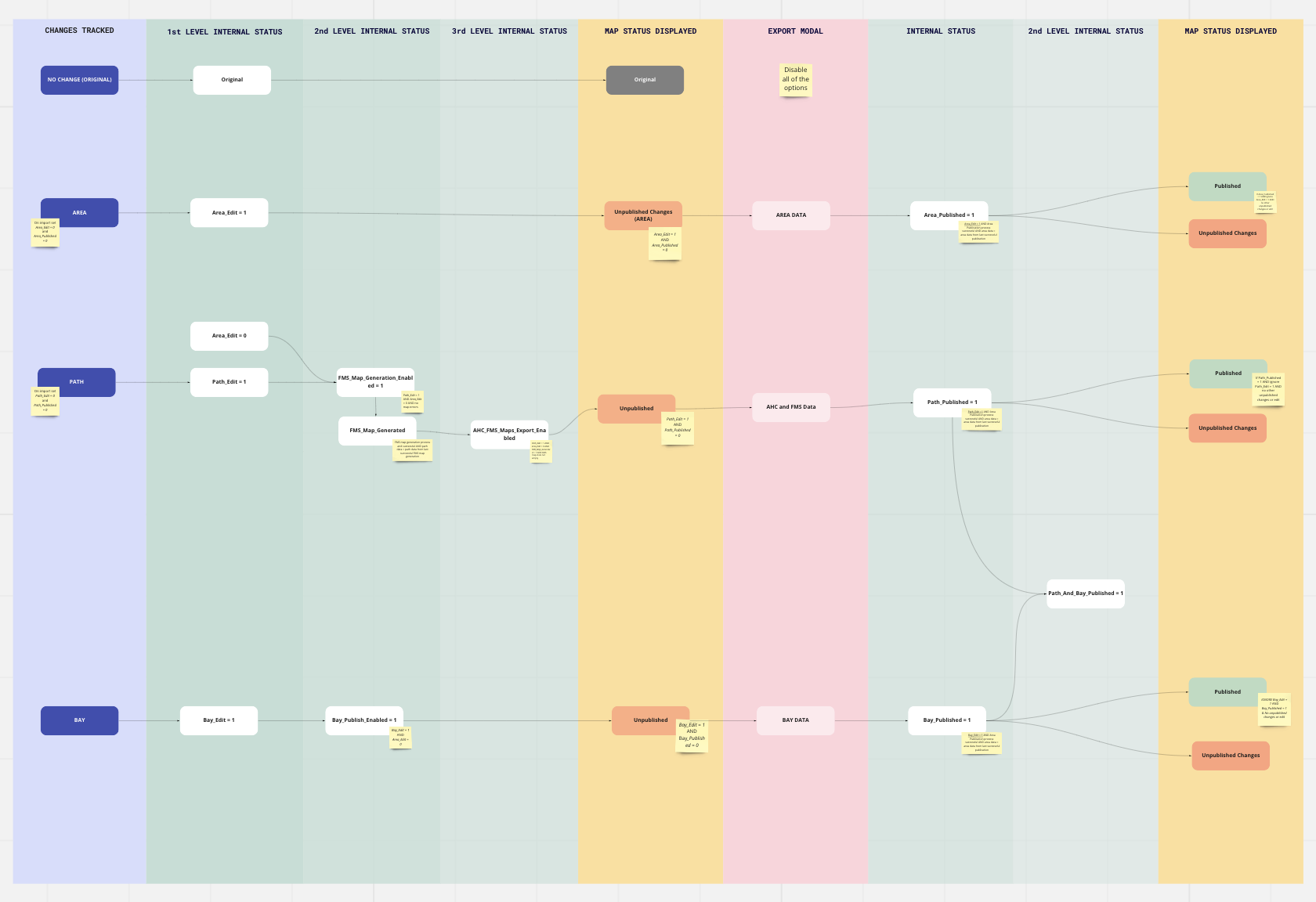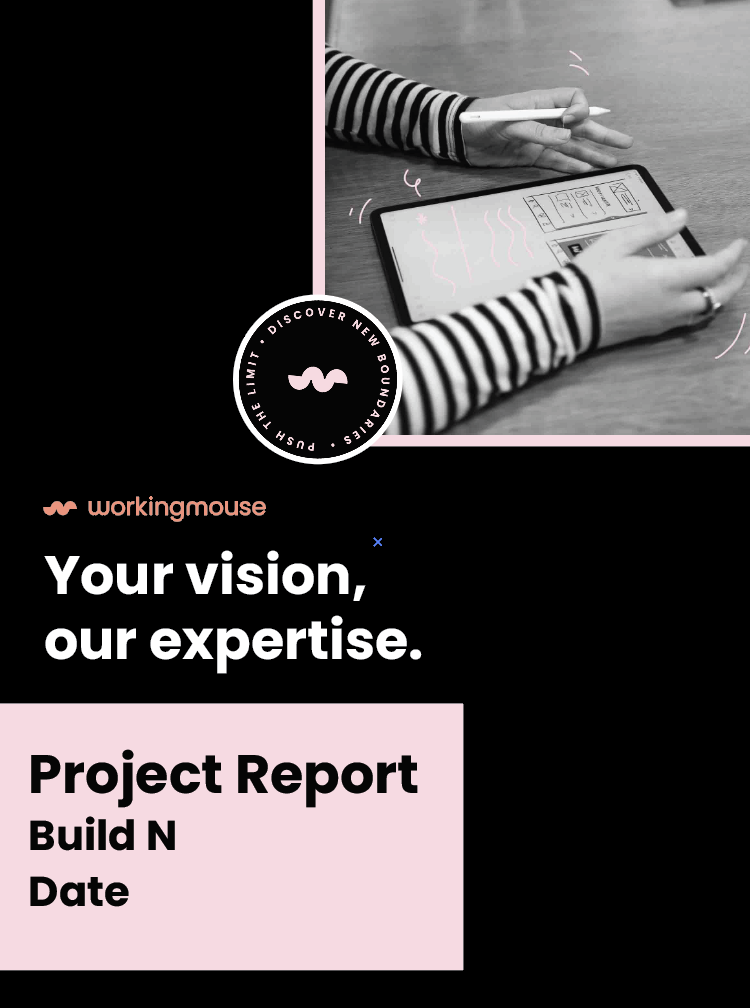
I worked as a product designer at Working Mouse for 1 year..My role varied from facilitating scope to working in a cross-functional team. I work closely with clients from different industries to help them build their dream products.
Impact
Throughout my time at WorkingMouse, I have been involve with these changes:
Introducing product designers back into a cross-functional team
Evolving the Working Mouse Way of Working becoming more Agile with continous scoping throughout development
Designer in DevOps, supporting DevOps engineer with quick and meaningful design decisions.
Pictured: Representing Working Mouse at a UQ Ladies in Technology Event
Hitachi Construction Machinery - Map Authoring Tool (MAT)
Selected Project Case
I saw MAT through the scope and build stage while working closely with the product owner to achieve their desired application.
See MAT case study on WorkingMouse’s website
Pictured: MAT high fidelity prototype
Problem Statement
How might we design an intuitive interface for Hitachi Construction Machinery’s Map Authoring Tool to help the AHS builders deliver virtual maps faster and with less pain?
Using the problem statement, I was able to develop a solution that is within the safety requirements for Hitachi and at the same time improve the interaction in the tool.
Responsibilities
As a product designer in a cross-functional team my responsibilities varies from day to day including:
Leading weekly backlog refinement process with clients
Use Figma to create high-fidelity prototypes, design guidelines and mocked up interactions for upcoming features.
Working closely with the solution architect to refine tickets through Miro and Jira
Backlog Refinement Sessions
During the weekly backlog refinement session, I lead the discussions of upcoming features and its complexities. During the session I would:
Bring up the features timeline on Miro
Discuss through the features and the requirements of the tickets
The deliverables of the discussion could be in a form of: user flows, rough sketches, specification document from client.
Throughout this process I highlighted my communication skills, creative problem solving skills and listening skills
The process made it easier for the solution architect and I to refine the tickets before going into estimation.
Pictured: Miro board that shows the upcoming features.
Pictured: Refine ticket that have gone through backlog refinement
Design Guidelines
During the development, I continuously update the prototype according to the requirement of the ticket. When doing so, I create design guidelines and user flows to help the developers when they pick up the ticket.
Above is an example of design guideline that I create to help developers implement the correct specification in terms of visual design. This is done on Figma.
Above is an example of a design guideline in terms of a specific feature interaction. By creating these guidelines, I was able to communicate with the developers easily about the intended use of the tool. This was also done on Figma.
This is an example of the specification document that the client would supply after the backlog refinement sessions. Based on these document, I would visualize it through a user flow to help the solution architect and I rationalise the tickets.
Above is the resulted user flow that I created for further discussions with the clients. The user flow helped the us to identify the tickets required and refine the the features further.
Reflections
-
Creative thinking skills
The project have allowed me to display and improve my creative thinking skills infront of the clients and the team. I was able to discuss improvements and highlights my user-centric design decisions.
-
Working in a cross functional team
The project requires a team that works well together and I am very fortunate to have found that. I learned on how to communicate with the software developments and aid them during the iteration. Furthermore, I learnt on how to advocate for design choices.
-
Design system and consistencies
With the fast pace environment and high expectations, I was able to adapt the design system and make adjustments to it. However, I wished that I have kept it more consistent throughout the project for an easier wrap up.
Impact on Project
Throughout the 1 year scoping and development, the MAT project has gone through process evolvement including:
Introduce a new design review system that reduces the defect creation during User Acceptance Testing to 23%
Introduce continuous scoping in development that reduce the estimation discrepancy by 64% and eliminates unestimated tickets in the iteration
Other Works at WorkingMouse
Project Management intern (2022)
Designer for BlueScope Steel Hawk Build
Designer for Mustard Music Scope and Build
Document design for automated PRT reports
Blog graphic designs in Working Mouse branding
Diagram graphic designs in Working Mouse branding
New values design
Working Mouse merchandise design (including sticker and print)
Pictured: Document Cover designed on HTML and CSS for automated Pipeline Report











